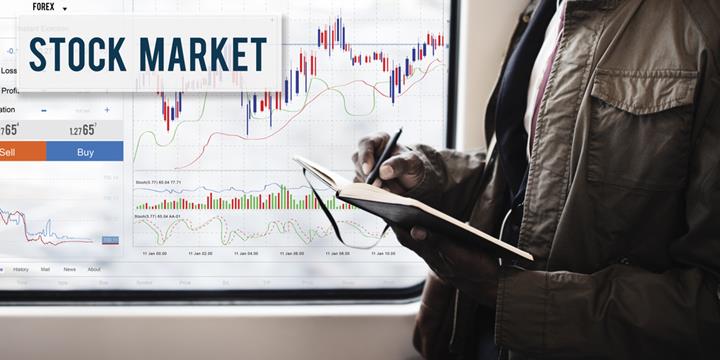Investing in stocks can be some risky business, and it only serves to be riskier and more unsafe for your money if you do not have some basic knowledge of the stock market. Here are 11 concepts you should understand before you start trading and investing in stocks.
1. Bull Market and Bear Market
These are used to describe the movement of the stock market. A bull market refers to a market where shares are rising, thus encouraging the shares to be bought. A bear market refers to the opposite: shares fall and owners of these shares are encouraged to sell them.
2. Short-Selling
When you buy shares of stock, you are essentially gaining some amount of ownership of a company. Stocks are typically sold in two ways: long and short. Buying long means the share price is projected to rise, whereas buying short means the share price is projected to decrease.
Short-selling occurs when an investor borrows shares (usually from a broker) that looks like it can be bought short in the future. After the shares are borrowed, they are immediately sold and the investor gets the proceeds from the sell. If the share price does fall (as predicted), the investor can then close the short sale by buying back the shares they had borrowed at a lower price — allowing them to profit. If the share price rises, then the investor will lose money, as they will have spent more buying back the shares they had borrowed.
3. Growth Stock
A growth stock is referred to a stock of a company that is expected to grow at a faster rate when compared to other companies in the same industry. Companies with a growth stock will typically pay lower dividends to its investors due to the fact they want to use the earnings to fund other endeavours or projects.
A growth stock can also be referred to as a glamor stock, and is often considered to be overvalued — which typically means it is expected to drop in price.
4. Value Stock
A value stock is a stock that is considered to be undervalued — thus sold or traded at a lower price. New companies or companies that have lower stock prices compared to its dividends, earnings, and sales often have value stocks.
An investor will purchase value stocks if they believe the stock’s value will increase in the future.
5. Stocks and Bonds
A bond is a debt the company owes to whomever purchased it, whereas a stock is an equity that gives whomever that purchased it some ownership of a company. When you buy stock of a company, you become a shareholder of that company. This means you retain certain privileges such as voting rights as well as right to future profits of the company.
When you buy a bond, you become a creditor. You will have higher claim than shareholders– meaning you will be repaid first — but you will have no voting rights, nor will you share profits with shareholders.
6. Dovish and Hawkish
Dovish and hawkish are views that are used to describe whether lending rates will be high or low. To have a dovish point of view means lending rates are dropping and less interest is being charged. To have a hawkish point of view means lending rates are rising and there is higher interest. Dovish is in favour when there is a chance for economic growth, whereas hawkish is in favour when high inflation is expected.
7. Inflation and Deflation
These terms refer to the increase or decrease in the price of goods, usually over a period of time. Inflation means prices have gone up for goods and services, whereas deflation means the opposite. When there is deflation, people tend to buy more goods, but investors tend to sell off their stock. When there is inflation, investors tend to buy stock while people tend to buy less goods even though more are being sold.
8. Record Date
This is the final date in which a stock or share can be sold. After this date, those who still own shares of companies have a right to dividends or distribution. It is typically encouraged to purchase a share or stock at least three days before the record date in order to receive any dividends.
9. Ex-Dividend
Also referred to as “ex-dividend date” or “ex-date”, it is a date usually set a couple of days after the record date. If you purchase stock after or on the ex-dividend date, you do not receive the next dividend payment from the company. The ex-dividend date is typically 2 days after the record date.
10. Date of Payment
This is the date in which dividends are paid from the company to its shareholders.
11. Risk and Reward
Risk and reward are objective calculations that are used to determine whether or not an investment will be worth it. In investing, more risk usually results in a higher reward. They are often shown in ratios such as 2-to-1.
Featured Image: depositphotos/Rawpixel










